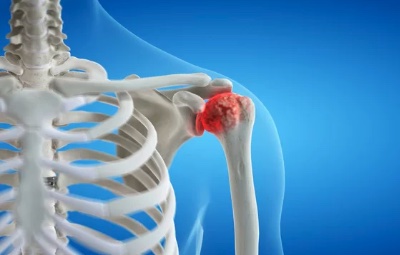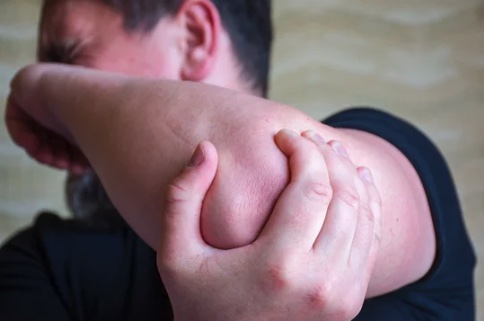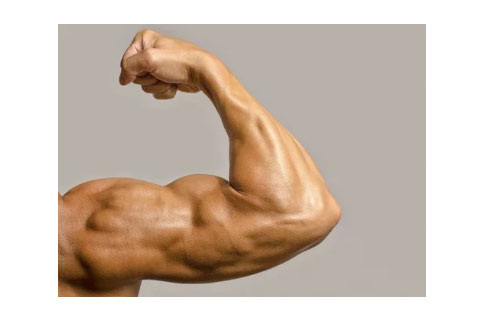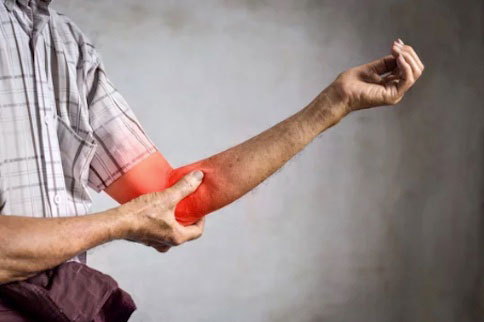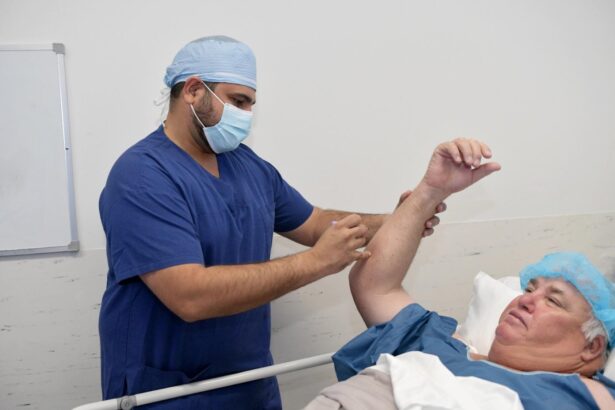
Arthroscopic shoulder surgery is surgery that uses a camera called an arthroscope to examine or repair the tissues inside or around your shoulder joint. It is often called “key hole” surgery. The arthroscope is inserted through a small incision (cut) in your skin.
The arthroscopic camera allows excellent vision around your shoulder joint, allowing a comprehensive assessment the structures and damage in your shoulder.
A number of procedures can be performed using the arthroscopic “key hole” technique:
- Acromioplasty and Decompression for shoulder bursitis and impingement
- Rotator cuff repair for torn rotator cuff tendons
- AC Joint Excision for painful AC joints
- Shoulder stabilisation for shoulder instability and dislocations
- Capsular Release for treatment of frozen shoulder
During the surgery, the patient is typically placed under general anaesthesia or regional anaesthesia, depending on the extent of the procedure. Dr Singh then makes two or three small incisions around the shoulder joint and inserts the arthroscope. The arthroscope sends images of the inside of the shoulder joint to a monitor in the operating room, allowing Dr Singh to see the problem and guide the instruments to make the necessary repairs.
After the surgery, you may need to wear a sling for a period to help support and immobilise the shoulder as it heals. Physiotherapy and rehabilitation may also be recommended to help restore strength, flexibility, and range of motion in the shoulder joint.
 Christmas Operating Hours
Christmas Operating Hours 
